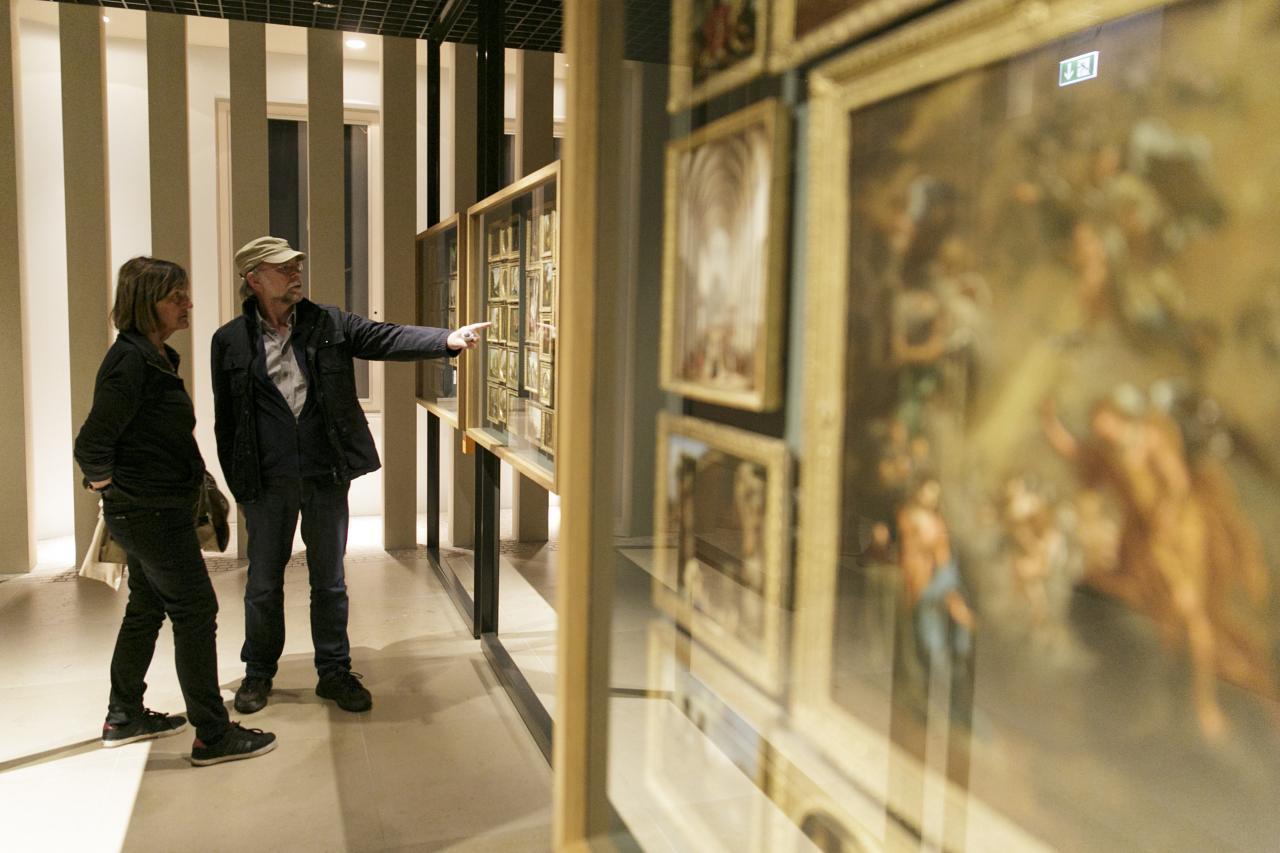Research Project Frankfurt "Modeamt"
Clothing, and especially its creative manifestation – fashion – is, like all other forms of applied art – and in this respect on equal terms with the fine arts – dependent on its unrestricted free exercise.
In times of restricted freedom of expression, measures of state dirigisme regularly extends to the free creative sphere. During the times of the National Socialistic regime, the institute "Frankfurter Modeamt" (Fashion Office) was established uniquely throughout Germany, with the intention to direct state control into the field of fashin as well.
This municipal office, established in 1933, was instructed to create objective to fit a nationalistic German fashion which was to be internationally competitive. The object was to weaken the importance of the dominant French fashion. This ideological aim was based on distinct economic interests. The intention was to strengthen German tailoring whilst ousting jewish clothing companies. With the emergence of a German Fashion in Frankfurt the city was to become the german Clothing center.
With the handover of a large Modeamt collection at the end of the 1990's and the subsequent exhibition "Frankfurt macht Mode" (Frankfurt makes fashion), the work of this institute initially became the focus of the HMF. The estate became an important collection focus of the museum.
A large stock of photopgraphs documenting numerous models, fashion shows and exhibitions of the fashion office, five large-format volumes filled with press clippings, as well as a number of accessories and a small collection of shoes and Plexiglas heels made up the collection until 2022. However, original model dresses were missing, as the majority – over 500 garments with accessories – were lost as a result of wartime removal from storage.
It was not until the spring of 2022 that the HMF succeeded in acquiring three family estate items of clothing that the former head of the "Modeamt", Margarethe Klimt, had taken with her to her native Vienna after her retirement. These garments represent an excellent source, as it is possible to retrace the design and production processes of the Modeamt on the original for the first time. This will be the goal of a research project under the direction of curator Dr. Maren Härtel, which will begin at the museum next year.
Unfortunately, the pieces are in dire need of restoration, having been worn over a long period of time and stored incorrectly. Thus, they show a number of signs of stress: Seams have burst open and buttons have been torn off. In addition, the dresses have been reworked to fit the body of the new wearer. The restoration is complex and could not be carried out without the museum's own specialist conservator for textiles.
Since its establishment, the Ernst von Siemens Art Foundation has supported restorations, now more than 350 projects, some of them very complex. The Foundation has decided to provide the HMF with the means to have these unique garments restored. We are very grateful for this support!
To find out more about the Ernst von Siemens Art Foundation, click here.
For the funding of the research project with the restoration of Margarethe Klimt's garments click here.

